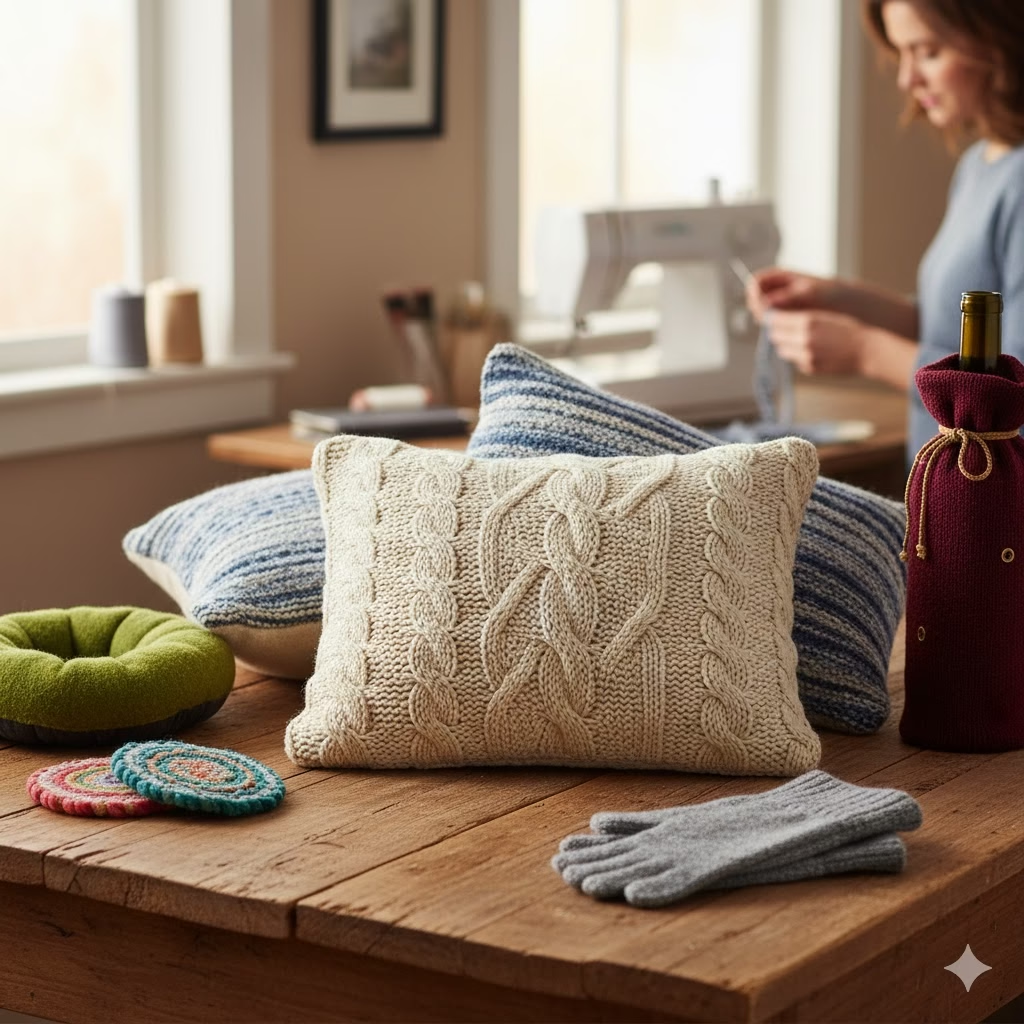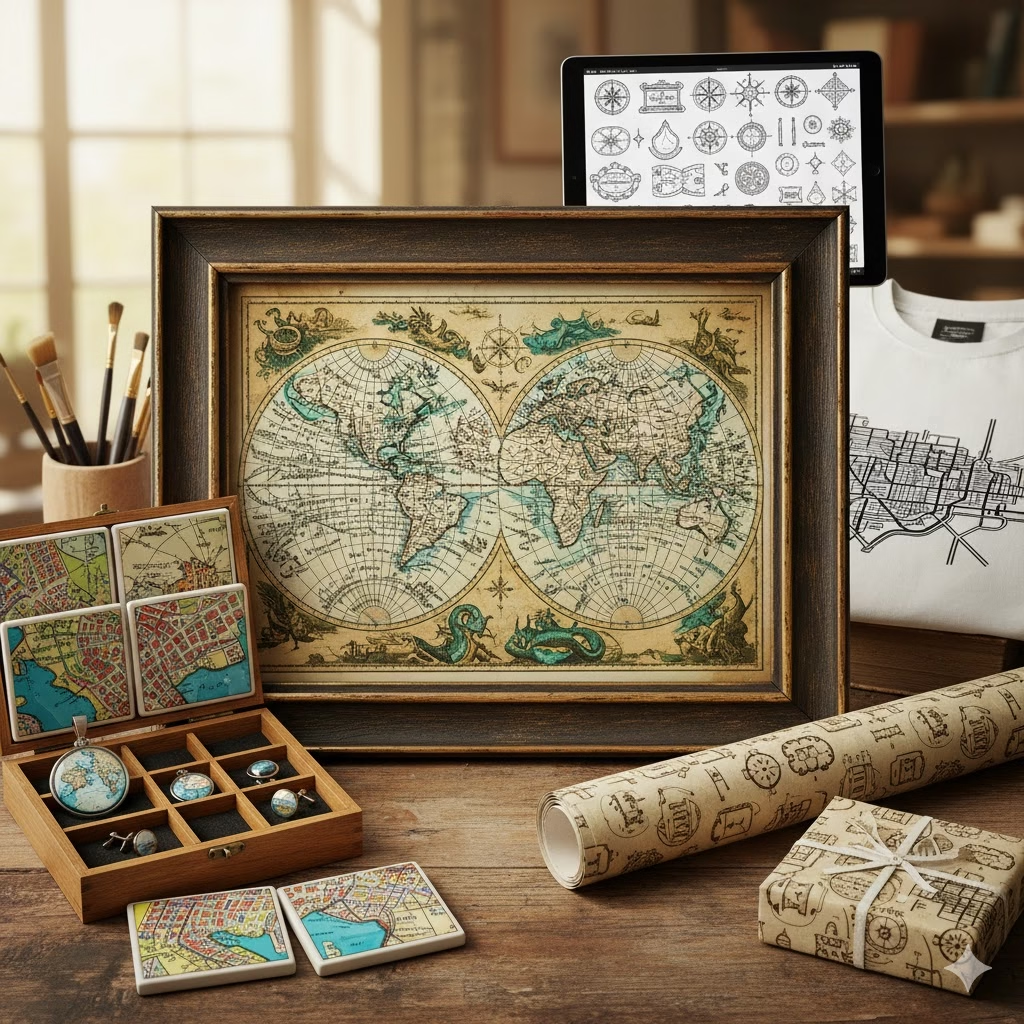
Like many of you, I’ve always loved the beauty and history in old maps. I thought they were either too costly or too restricted for my own projects. Then I found the world of public domain maps archives and saw the huge creative potential waiting to be used. I think everyone should have free access to great resources for their passion projects. This applies whether you’re designing new art or just making a nice gift. Join me as we change these old cartographic treasures into something new and amazing.
Public Domain Maps: Your Source for Twenty Must-Make DIY Projects
For hundreds of years, maps have been much more than just tools for finding your way. They are great works of art. And they keep historical records. They offer beautiful glimpses of the world as it was long ago. But many creators, designers, and hobbyists miss one big secret: the huge and free collection of Public Domain Maps.
These are maps whose copyrights have run out. This means you can use them completely free of charge. You can change them. And you can even sell them in your own creations. You do not have to worry about complex fees or legal rules.
The public domain is a fantastic place for creativity. This is especially true with old maps. These charts and atlases offer details, texture, and artistry. You cannot easily copy this with today’s digital tools. They are the perfect basic material for a wide and surprising range of projects.
We are going beyond just framing an old map. This guide gives you the plan for twenty remarkable, unique items. You can make them right now. All you need are these free map assets. Get ready to find a new world of creativity.
Part One: The Basics (How to Find and Use Them)

Before you start the projects, you must know how to get and prepare your maps. These steps are key to your success.
Where to Find Your Cartographic Gold
To start this process, you need to know where to look. Several excellent world groups have made their collections digital. They have generously placed these maps into the public domain.
- The Library of Congress (LOC): This is a huge resource. It has millions of items. This includes detailed city maps, Civil War charts, and special atlases. Their digital library is easy to search. They let you download high-quality files.
- The New York Public Library (NYPL) Digital Collections: This group is known for its large set of historical maps. They focus on New York City. These maps often have tiny details perfect for small projects.
- Wikimedia Commons: This is a central spot. Many public domain maps from different places are kept here. Their licenses are clearly marked. Always check the license, but most public domain maps are easy to identify.
- The David Rumsey Map Collection: Not all their maps are public domain. However, many of the very oldest and best assets are. They offer some of the clearest, highest-quality scans you can find.
Simple Steps to Start Your Project
Once you pick a map you like, the process is very simple:
- Download the Best File: Always choose the largest file size you can find. This is often a TIFF or a high-quality JPEG. This guarantees your final print will be clear.
- Look Closely for Issues: Old maps often have folds, spots, or tears. Decide if you want to keep that old look or clean it up.
- Clean It Up Digitally (If You Want): Use a free or professional image editor. You can use GIMP or Photoshop. Adjust the brightness. Make the background whiter. Remove big spots or marks.
- Take Out Just One Piece: Maybe you only want a border, a logo, or a single state from a large map. Use the selection tool to cut out or focus on that element.
Part Two: Twenty Creative Projects (With Examples and How-To Guides)

This list gives you twenty clear ideas. You can turn those old maps into amazing creations.
The Home Decor Series
- Unique Wall Art and Poster Prints
- The Idea: This is the easiest project and it makes a big impact. Print a whole, high-resolution map. Or print a small section of a map. The result is a stunning piece of wall decoration.
- How to Do It: Find a map with nice colors. Or find one with an interesting topic, like a star chart or an old city plan. Use an online printing service. Or go to a local print shop. Choose high-quality paper or canvas for a luxury look. You can zoom in on one specific corner of a large map for a unique abstract look. For instance, the detailed roads of an old London map become a beautiful geometric piece.
- Decoupage Furniture and Tables
- The Idea: Glue map parts to the top of small furniture. This works well on small tables, drawer fronts, or the inside of a cabinet. It gives the piece a very custom look.
- How to Do It: Print the maps to fit the size you need. Put a thin layer of special glue (like Mod Podge) onto the furniture. Carefully place the map piece over the glue. Use a soft roller or card to smooth out all air bubbles and wrinkles. When it is dry, seal the whole surface. Use several coats of the glue or clear spray for a tough, lasting finish. A simple used dresser instantly looks like a fancy, special piece.
- Map-Lined Lampshades
- The Idea: Put a piece of a historical map on the inside of a lampshade. When the light turns on, the map’s detail softly glows.
- How to Do It: Gently take out the old fabric or plastic lining from the shade frame. Print a map section that is slightly see-through. Use thin paper or vellum. Use a heat-safe spray glue to attach the map print to the inside. The light shining through the old text and landscape lines creates a very cozy feel.
- DIY Map Coasters
- The Idea: Make a set of coasters that are waterproof. Use different map sections. They are great for starting a conversation.
- How to Do It: Buy simple four-by-four inch ceramic tiles. Print the map sections to fit the size. Glue the paper to the tiles using the special decoupage glue. Once it is fully dry, cover the top. Use several coats of a waterproof resin or clear sealant. Put felt pads on the bottom so they do not scratch tables.
Wearable and Accessory Creations
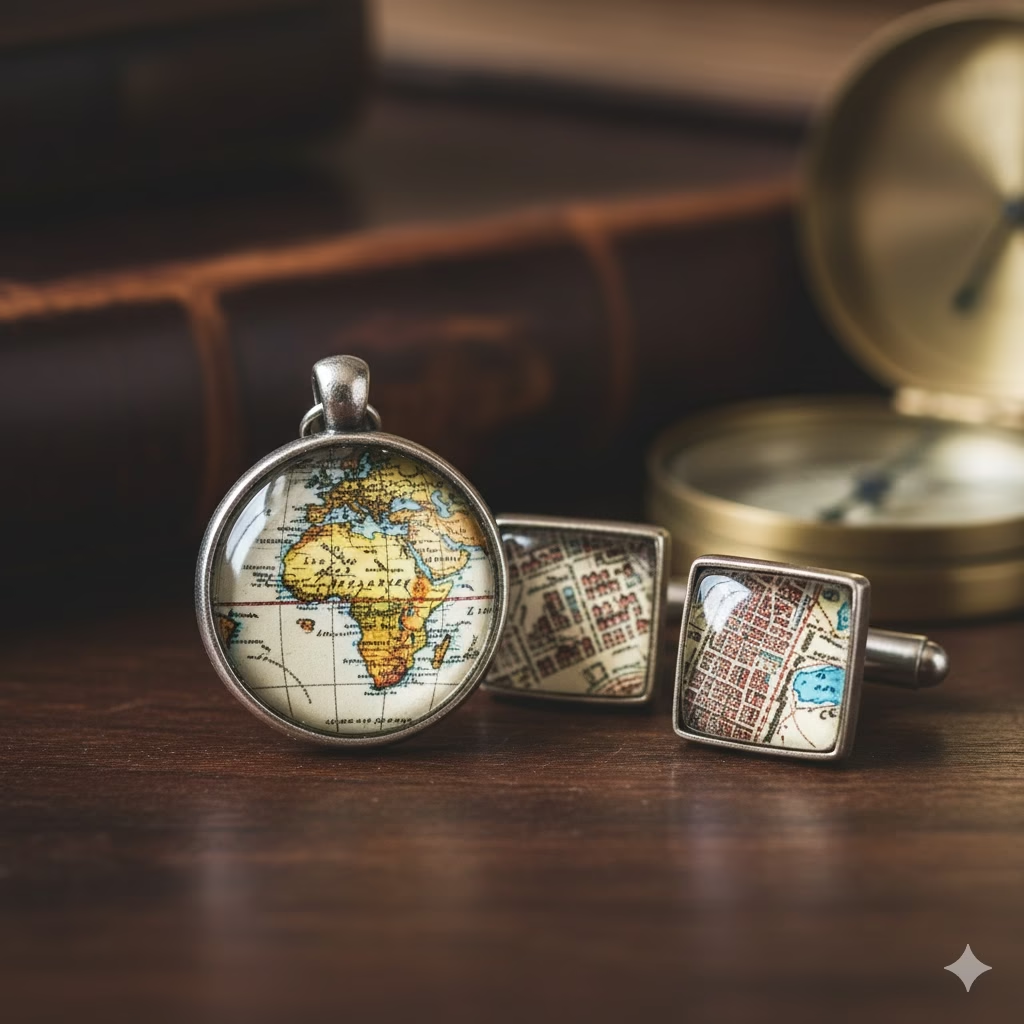
- Jewelry and Pendants
- The Idea: Make small map sections even smaller. Place them into tiny metal frames. This creates unique necklaces, earrings, or cufflinks.
- How to Do It: Pick maps with bright colors or small, clear writing. Print the tiny sections and cut them out neatly. Glue them into the metal jewelry trays (bezels). Seal the picture with a clear liquid resin. Or use a glass dome, which makes the map detail look bigger and better.
- Custom Phone and Laptop Skins
- The Idea: Print a map design onto sticky vinyl. This makes a unique cover for your phone or computer.
- How to Do It: Use an online printer that makes custom stickers. Use maps of specific cities that mean something to you. Maybe it is where you had a great trip or where you grew up.
Profitable Digital Products
- High-End Digital Art Prints
- The Idea: Make very desirable wall art for the online market. Do this by selecting, changing the colors, and fixing up parts of old maps.
- How to Do It: Take an old map. Change its colors to match modern trends. For example, turn a brown map into a solid blue or deep green color. Sell this as a high-resolution file. Customers can download it and print it themselves right away. This is a very easy digital product to scale up.
- Digital Scrapbook and Planner Sticker Sets
- The Idea: Take out decorative pieces. These could be compass pictures, fancy title blocks, or unique border designs. Turn them into digital sticker files.
- How to Do It: In an image editor, select and carefully cut out the piece you want. Take the background out completely. Save it as a transparent PNG file. Put these pieces into groups. You can sell these on sites like Etsy.
- E-book and Course Cover Designs
- The Idea: Use the map look and drawings to make cool, historical-looking cover art for your own books or online courses.
- How to Do It: Put a map texture as a background layer on your cover design. Use the map’s lines or aged paper look. This instantly makes the title and text look more serious and interesting.
Stationery and Paper Goods
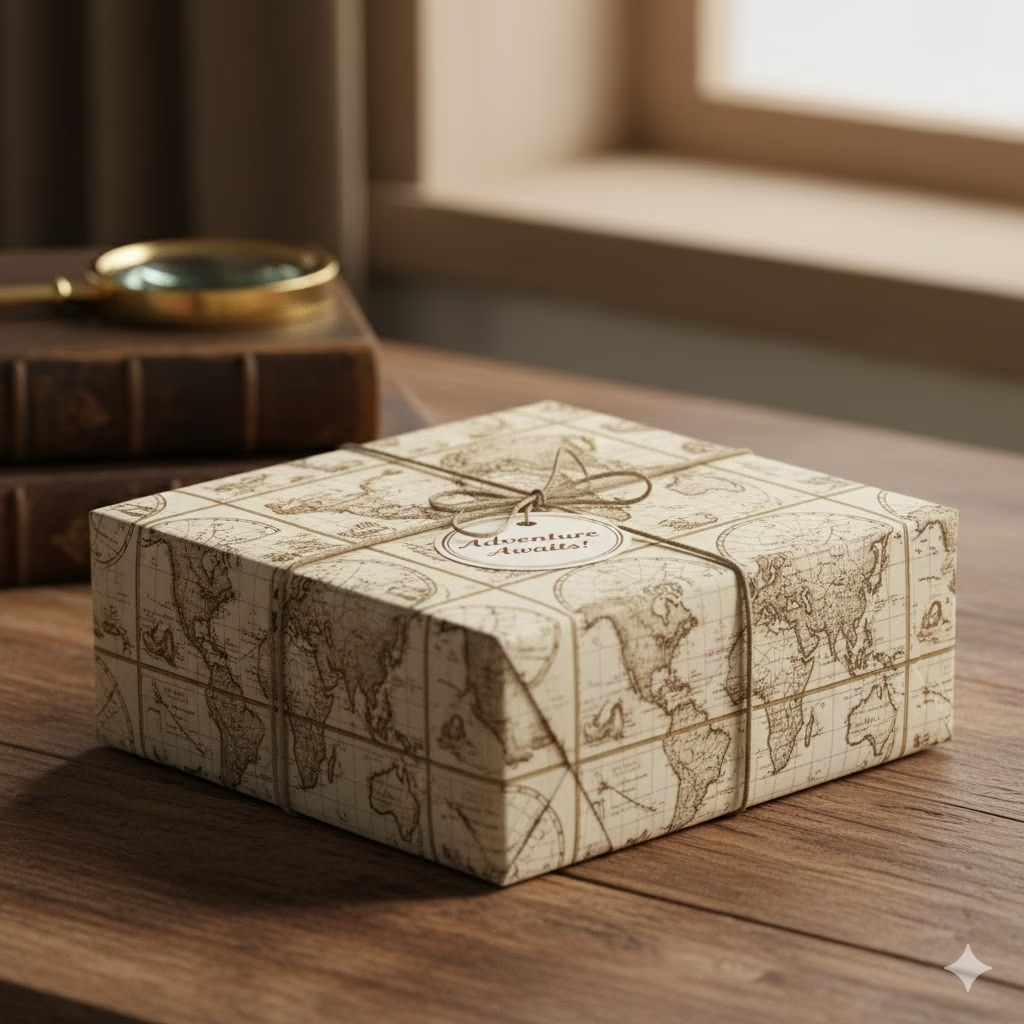
- Unique Greeting Cards and Postcards
- The Idea: The beautiful small pictures and classic text on old maps are perfect for making special stationery.
- How to Do It: Pick maps with interesting text, small pictures, or colorful shorelines. Design a simple edge. Add a modern saying or greeting in a clean font. Print this on thick paper.
- Custom Wrapping Paper
- The Idea: Repeat a map design—or a small part of a map—to make unique, themed wrapping paper.
- How to Do It: Use image software to create a block of a map detail that can repeat easily. This could be a small town or a mythological animal drawn on the map. Send the repeating design to a custom printing service that makes large wrapping paper.
- Book Covers and Journal Inserts
- The Idea: Create amazing paper covers for books. Or print the maps to use as decorative pages or dividers inside custom-made journals.
Functional and Gift Items
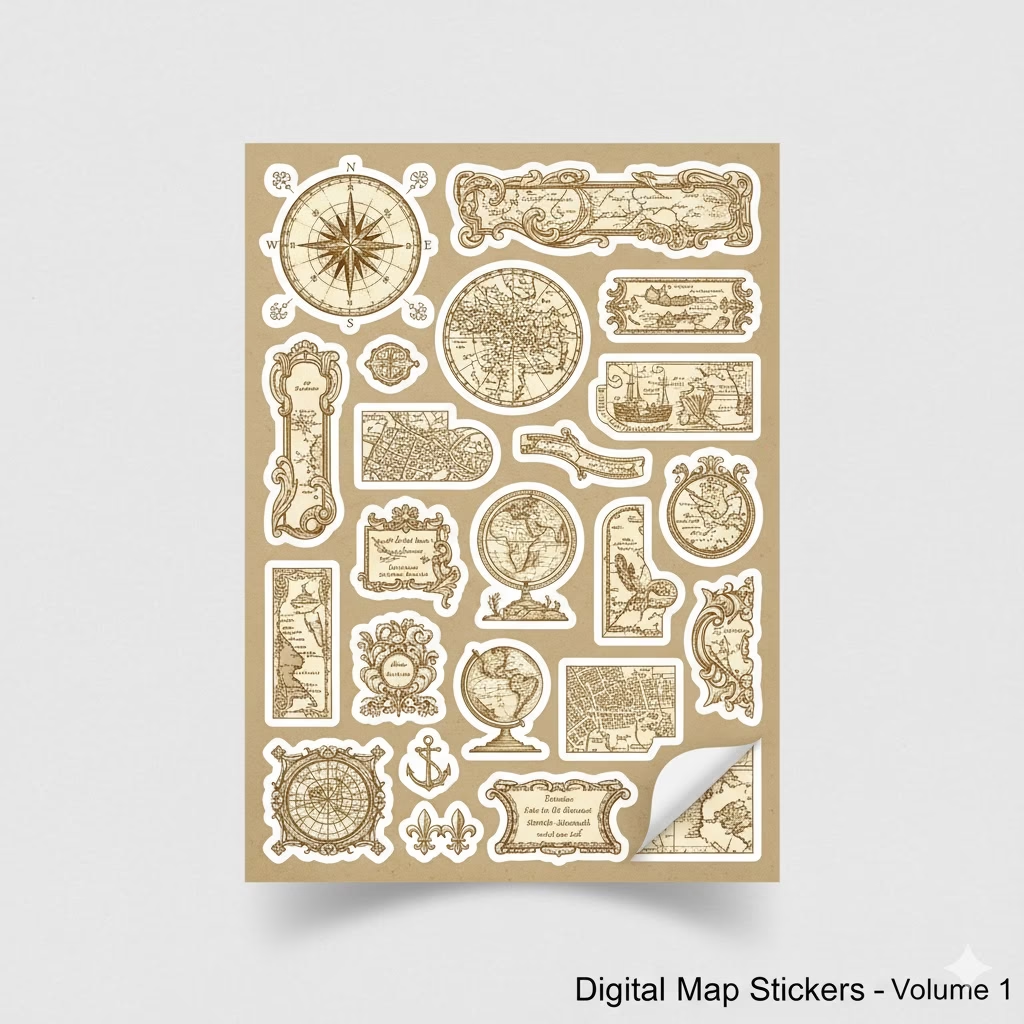
- Map-Covered Storage Boxes
- The Idea: Use the glue technique to turn plain, cheap storage boxes into decorative pieces with map art.
- Personalized Jigsaw Puzzles
- The Idea: Print a high-quality map of a certain area. This could be a hometown or a place where someone got married. Have a company turn it into a custom puzzle. This is an excellent, very personal gift.
- Thematic Wallpaper Accent Walls
- The Idea: This project is for the very adventurous creator. A high-resolution public domain map can be repeated and printed. You can use it as a temporary or permanent accent wall in an office or a reading room.
- Map and Resin Serving Trays
- The Idea: Place a map section inside a wooden serving tray. Cover it with clear resin. This makes a tray that is tough, useful, and artistic.
Advanced and Artistic Projects
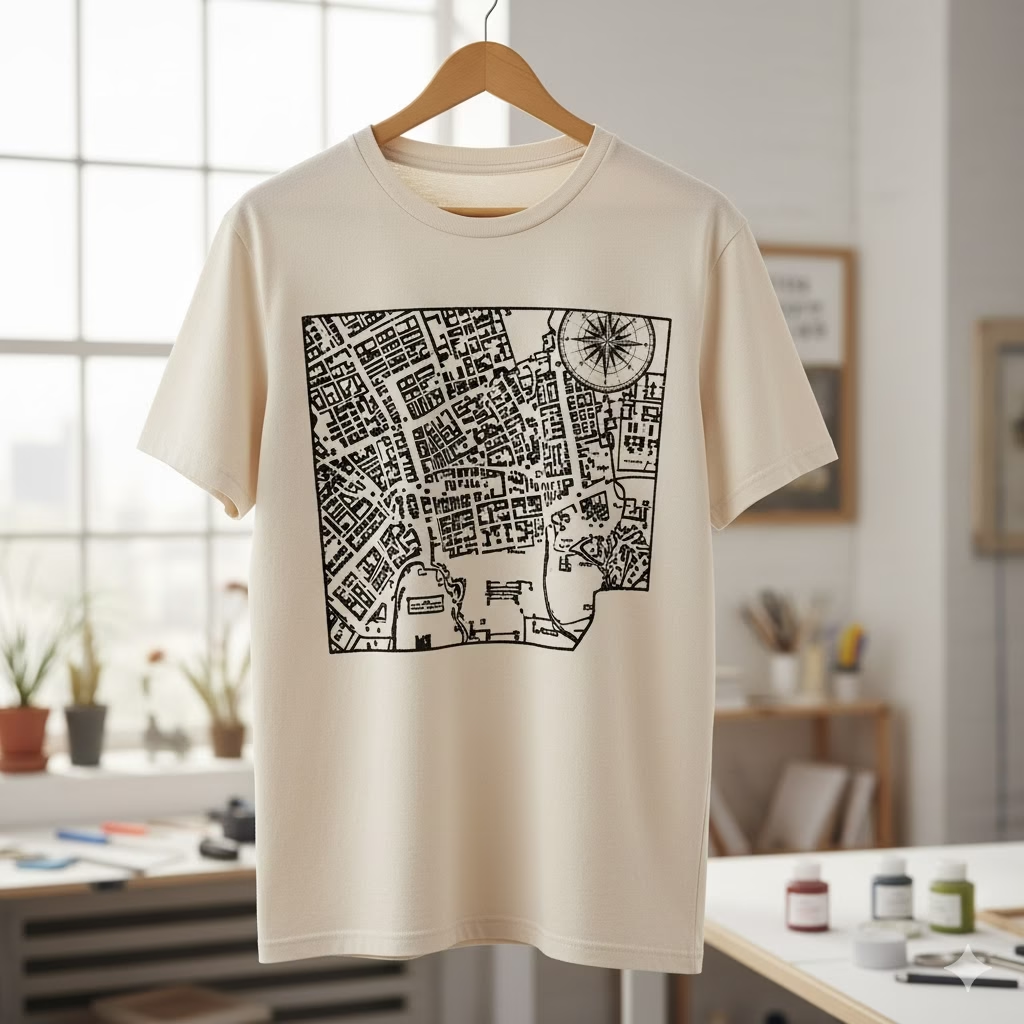
- Map-Based Screen Printing Stencils
- The Idea: Change the line work of a simple old map into a sharp, black-and-white stencil. Use this for screen printing on shirts, bags, or canvas.
- How to Do It: Change the map image into a pure vector file. This should be just black and white lines. Use this image to prepare a screen for printing. The clean lines of the original map art print perfectly onto fabric.
- Interactive Map Displays (Digital Use)
- The Idea: Use the map image as a base layer for a digital project. You can add pins, web links, and old facts to it. This creates a fun and interactive experience on a website or app.
- Laser-Cut Wood or Leather Art
- The Idea: Change a map’s street or river layout into a vector file. Use a laser cutter to carve the design onto wood, leather, or plastic.
- How to Do It: Use software to trace the lines of the map. Create a vector file that the laser machine can read. The carved depth makes the flat map come alive in a cool three-dimensional way.
- Custom Fabric for Sewing Projects
- The Idea: Print a detailed map design onto fabric. This works on cotton or silk. Then use the fabric in sewing projects like pillows, scarves, or large shopping bags.
- How to Do It: Many online companies offer custom fabric printing. Repeat the map image to make a pattern that covers a large piece of fabric without any breaks.
Frequently Asked Questions
Q: How can I be absolutely sure a map is in the public domain?
A: A work is generally in the public domain if its copyright has ended. In the United States, works published before the year nineteen twenty-eight are surely free to use. Most big archive websites, such as the Library of Congress, clearly say what the copyright status is. Always look for phrases like “no known copyright restrictions” or just “public domain.”
Q: Do I need to say where the map came from when I sell my product?
A: No, you do not have to give credit for works in the public domain. It is not a legal rule. However, it is polite and shows respect to the group that shared the map. You can choose to mention the original source like the Library of Congress. This is your personal choice, not a legal one.
Q: I only want a small piece of a very large map. How should I cut it?
A: Use your image editing program to zoom in. Focus on the area you want. When you cut it, save the small piece at the highest possible resolution. Do not just take a quick, blurry screenshot. If you plan to print it large, you will likely need the full, high resolution of the original file.
Q: Can I sell these public domain map creations? Like on Etsy?
A: Yes, definitely. The best part of using public domain assets is that you can use the images for business without paying fees. You can sell physical items, digital files, and anything else you create using these maps.
References
- Weforum – The economic benefits of the public domain
- WIPO – Generating value from the public domain
- UC copyright – The public domain
Recent Posts
